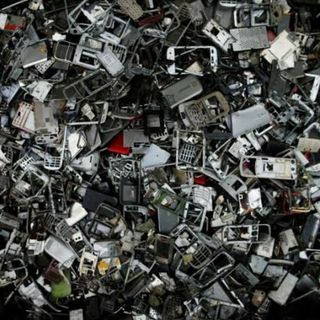Scientists are using artificial intelligence to analyze satellite images of elephant populations in a South African national park. This marks a breakthrough in conservation and monitoring efforts, which were previously carried out using airplanes, in a process that was costly, time-consuming, and subject to airspace permissions from individual nations.
Using satellites instead allows as much as 5,000 square kilometers of forest land to be surveyed in a single day, a feat that couldn’t be accomplished before. Scientists also employed machine learning to count the elephants, which allowed them to pick up on details that would otherwise be missed and improve accuracy.
“The benefits of this monitoring technique are numerous; large spatial extents can be covered in short time periods making repeat surveys and reassessments possible at short intervals,” according to the paper, published in the journal Remote Sensing in Ecology and Conservation by the Zoological Society of London. “Satellite images are captured over large areas in one shot so issues with double counting and miscounts are largely eliminated.” Citing disturbance to animals as a key issue with monitoring efforts, the paper adds, “Satellite remote sensing is unobtrusive as it requires no human presence, eliminating the risk of disturbing the species being surveyed.”
The quick and effective monitoring can help manage anti-poaching efforts in the region, scientists say, while keeping an eye on endangered species.
Scientists say the recent proliferation of commercial satellites can help achieve unobtrusive and efficient animal monitoring at scale, bringing long-overdue cutting-edge technology to the field of zoology. This hope, of course, will also have to contend with the widespread threat of space junk that commercial satellites pose, the deterioration of which can threaten not just working satellites, but also the International Space Station.
The promise of satellite imagery, lent by the numerous commercial satellite programs in place now, is emerging as yet another technological frontier for which humans will have to reckon with both the benefits it can grant, with the larger cost human space exploration would have to bear.




